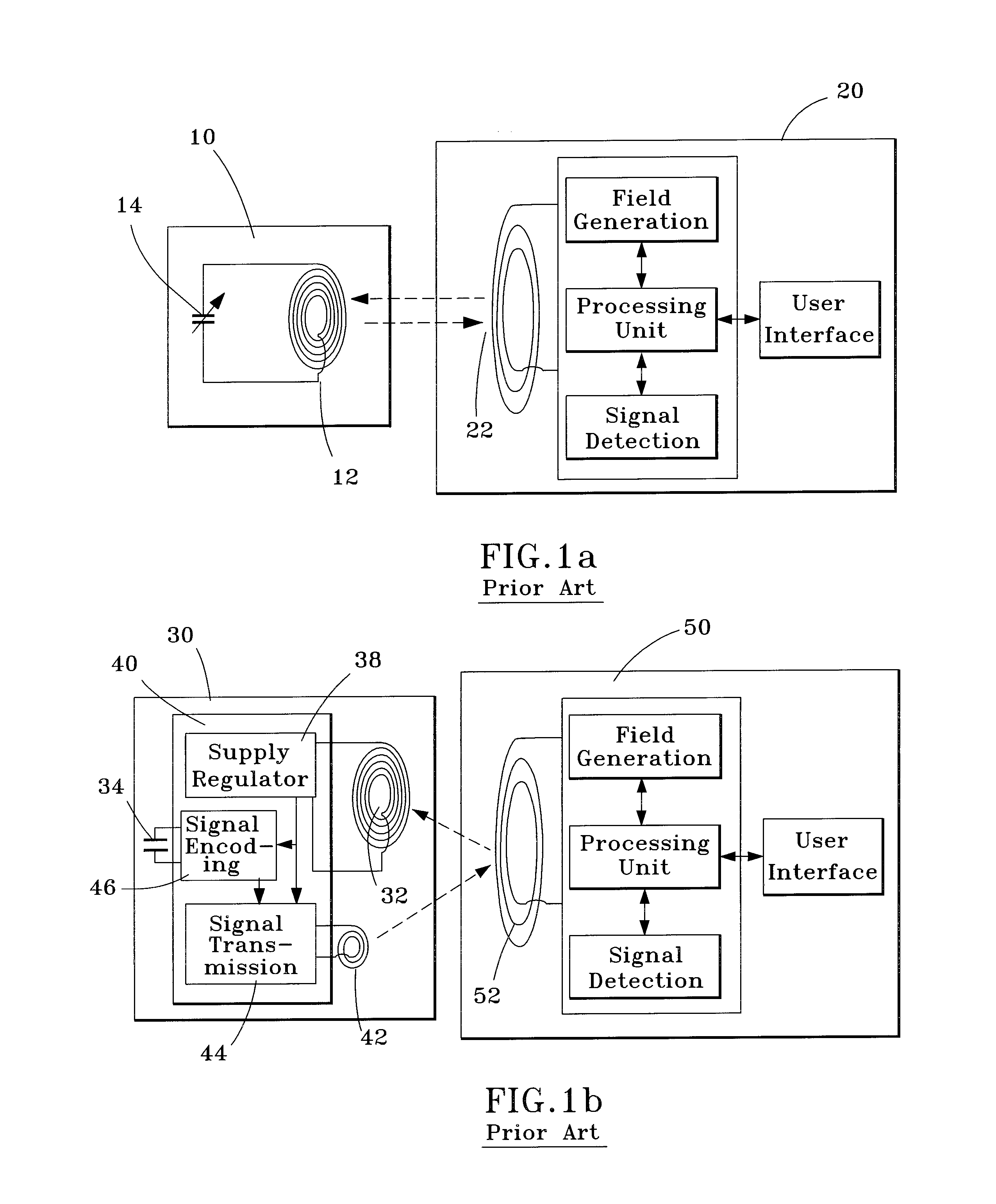Minimally-invasive procedures for monitoring physiological parameters within internal organs and anchors therefor
a physiological parameter and minimally invasive technology, applied in the field of medical sensing units, sensing systems, procedures, can solve the problems of invasive catheters, high cost, morbidity, etc., and achieve the effect of limiting the volume protruding of the sensing unit and significantly reducing the risk of thrombogenesis
- Summary
- Abstract
- Description
- Claims
- Application Information
AI Technical Summary
Benefits of technology
Problems solved by technology
Method used
Image
Examples
Embodiment Construction
[0027]Illustrated in FIGS. 2a through 11 are monitoring systems and components thereof that implement one or more implantable sensors configured to be placed through an external wall of an internal organ for monitoring one or more physiological parameters within an internal cavity of the organ. Organs of particular interest include but are not limited to the heart, brain, kidneys, lungs, and bladder. Each system preferably makes use of a sensing unit that consists essentially of a sensing device and anchor, meaning that the sensing units lack a wire, cable, tether, or other physical component that conducts the output of the sensing device to a separate location where another component utilizes the output of the sensing device and / or transmits the output of the sensing device to a location outside the body of the patient.
[0028]As such, the physical footprint of the implanted portion of the monitoring system can be limited to the sensing device and its anchor, such that the sensing un...
PUM
 Login to View More
Login to View More Abstract
Description
Claims
Application Information
 Login to View More
Login to View More - R&D
- Intellectual Property
- Life Sciences
- Materials
- Tech Scout
- Unparalleled Data Quality
- Higher Quality Content
- 60% Fewer Hallucinations
Browse by: Latest US Patents, China's latest patents, Technical Efficacy Thesaurus, Application Domain, Technology Topic, Popular Technical Reports.
© 2025 PatSnap. All rights reserved.Legal|Privacy policy|Modern Slavery Act Transparency Statement|Sitemap|About US| Contact US: help@patsnap.com



